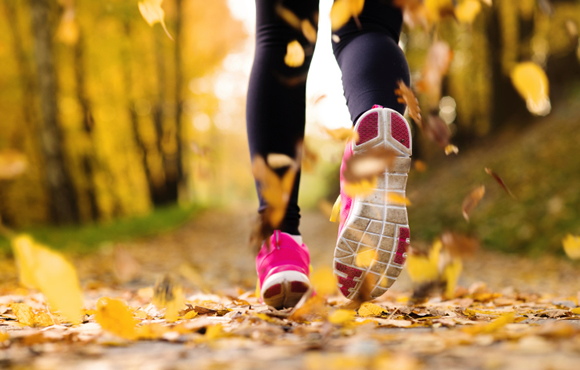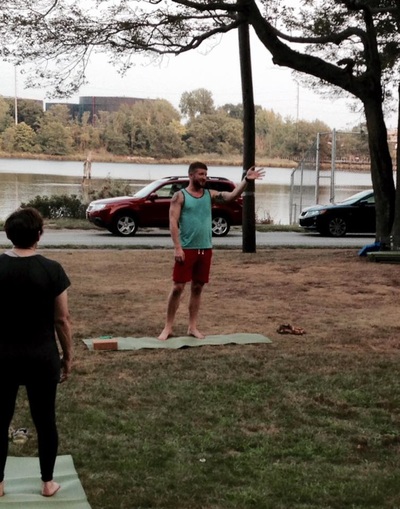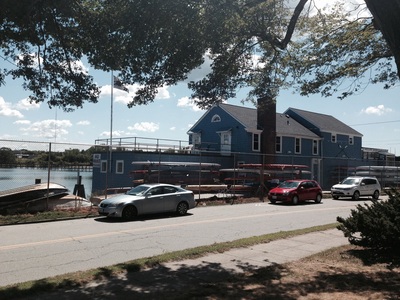| Frontrunners Rhode Island |
jogblog
0 Comments
 Join Frontrunners—Rhode Island's go-to LGBTQ club for fitness and goodwill—for our weekly runs on Mondays (an Eastside/Fox Point run followed by about 45 minutes of yoga) and Thursdays, when we meet at the end of the Blackstone Boulevard path, where Hope Street meets the Boulevard, right across from Three Sisters Restaurant. All newcomers welcome—we're a friendly group. Both events start at 6:00pm sharp. Mondays: Run/Walk and Yoga with Erik Strzempko 6:00pm: meet in front of 55 Canal Walk, Providence Thursdays: Run/Walk 6:00pm: meet at the north end of the Blackstone Boulevard Path, at the intersection of Hope and Blackstone Boulevard.  Our weekly run/walk is scheduled for 6:00pm tonight—hope to see you at the north end of the Blackstone Boulevard path in Providence. Meanwhile, here's an interesting NY Times article shared by one Frontrunner about the inevitable deceleration that comes with age and what we can do about it: Why Runners Get Slower With Age (and How Strength Training May Help) By GRETCHEN REYNOLDS SEPTEMBER 9, 2015 Young runners are different than you and me. They have more speed. And to achieve that swiftness, they use certain leg muscles quite differently than runners past age 50 do, according to a new study of runners’ strides at different ages. The study also intimates that many of us might be able to reinvigorate our flagging pace with the right type of strength training. Science, competitive records and lived experience all show that runners slow with advancing age, even the great ones. The current world marathon record for men, for instance, 2:02:30, was blazed by a 30-year-old, and is nearly an hour faster than the world record of 2:54:48 for the 70- to 75-year-old age group, which was set by Ed Whitlock, a Canadian. He later ran the world record for the 80- to 85-year-old age group with a 3:15:54 clocking that, although blisteringly fast by my standards, was more than 20 minutes slower than his septuagenarian self. While most of us accept this diminution in speed as inevitable and logical — we’re older, of course we’re slower — surprisingly little is known about the actual bodily underpinnings of the decline. But there have been hints. Past studies have found that our aerobic capacity declines as we reach our 40s, dropping by about 10 percent per decade after that, even if we vigorously exercise. So a serious 60-year-old runner will have more endurance capacity than sedentary people his or her age, but less than his or her 40- or 50-year-old self. However, lower endurance capacity does not automatically mean slower running speeds. Theoretically, with age, we could run at the same pace as we once did, although doing so would require using more of our already diminished endurance capacity — meaning that it would feel more difficult. But we don’t. We slow down. That process intrigued Paul DeVita, a professor of kinesiology at East Carolina University in Greenville, N.C., and president of the American Society of Biomechanics. In 2000, he and his colleague Tibor Hortobagyi published a famous study showing that older people, when they walk, take shorter steps than younger walkers, and rely less on the muscles around their ankles and more on the muscles around their hips to complete each stride than do younger walkers. Dr. DeVita suspected that a similar change in form might be occurring among runners. But there was little evidence to support that idea. So for the new study, which was published last month in Medicine & Science in Sports & Exercise, Dr. DeVita set out to learn more. He and his colleagues from Wake Forest University in Winston-Salem, N.C., and the United States Army Research Institute of Environmental Medicine in Natick, Mass., recruited 110 experienced, recreational runners between 23 and 59 years of age. They invited the men and women to the Runners’ Clinic at Wake Forest and fitted them with reflectors designed to capture how they moved. Then, while the researchers filmed them, the volunteers ran repeatedly at their normal training pace along a track containing a device that could measure how forcefully they struck the ground. The researchers then integrated this data to create profiles of the runners’ form, which they then compared by age. The differences were striking. With each passing decade, the runners’ stride length and preferred speed dropped by about 20 percent. Meanwhile, runners older than about 40 displayed much less activation of and power in the muscles of their lower legs, especially those around the ankle and in the calf. Consequently, Dr. DeVita and his colleagues found, these runners pushed off more weakly with each stride and did not rise as high into the air as younger runners, a change in form that accelerated as runners reached their 50s. Interestingly, the scientists did not see any accompanying increase in the activation of the runners’ hip muscles, as they had seen in walkers. The older runners used their ankle muscles less but not other muscles more. Instead, they simply slowed down. In many ways, this shift away from reliance on the lower-leg muscles during running makes physiological sense, Dr. DeVita said. There is evidence, he said, that those muscles age earlier than other muscles in the body do, with connections between cells in those muscles and the nervous system faltering and the muscles’ repair systems weakening earlier than in other muscles. “Achilles’ tendon and calf injuries tend to increase” as runners get older, he pointed out, probably because those tissues become particularly fragile. To lessen the chance of such injuries and potentially also maintain more of our speed as the years pass, he said, we probably should consider strengthening our calf and ankle flexor muscles. (The American Academy of Orthopaedic Surgeons recommends a variety of such exercises at orthoinfo.aaos.org/topic.cfm?topic=A00667.) Of course, this study was looking at individual runners at one point in their lives. To more precisely understand how age affects running form, Dr. DeVita said, scientists will need to follow the same runners for decades, which he and other researchers hope to do. It is also important to look at how any alterations in running form dovetail with changes over the years in physiology, he said, especially the decline in aerobic capacity. Perhaps the body, recognizing that it has to work much harder to run as fast as it once did and that some muscles are no longer as spry as they once were, opts against speed. “It may be a protective adaptation” to slow down, Dr. DeVita said. Just reminding everyone that we ARE meeting today (Labor Day, 7 September) for the stretch-run-yoga session at 6:00 PM. For those of you who didn't join us last week, we are meeting right across the Narragansett Boat Club on the East Side of Providence. There is a some park space facing the river which will be our yoga spot. If you use GPS, drive up to 2 River Road, Providence and look for us gathering in the park. We want to start on time at 6 PM. If you plan on joining us for the 5-10 minute stretch portion, we ask that you please arrive a few minutes before 6:00 PM.
|
Archives
March 2022
frontrunners
|
|
|
Categories |





 RSS Feed
RSS Feed
